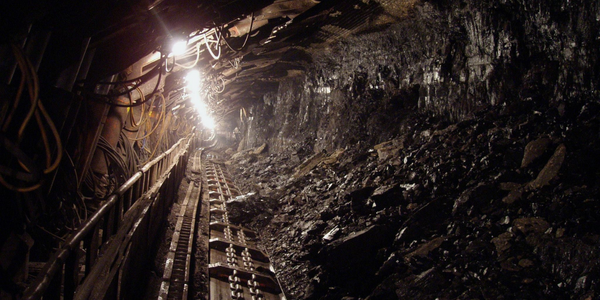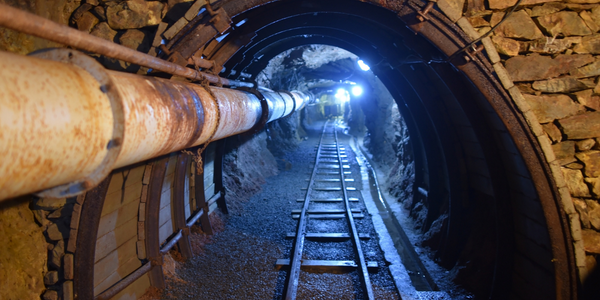技术
- 分析与建模 - 机器学习
- 传感器 - 液体检测传感器
适用行业
- 教育
- 矿业
适用功能
- 维护
- 产品研发
用例
- 时间敏感网络
- 虚拟培训
服务
- 数据科学服务
- 培训
关于客户
斯伦贝谢是全球领先的能源行业技术和服务提供商,业务遍及 120 多个国家。该公司为世界上最大的石油公司提供油井维护和分析服务。斯伦贝谢相信大规模数据分析和人工智能/机器学习将帮助他们保持市场领导者地位。软件技术创新中心 (STIC) 是一家拥有 85,000 名员工的行业领导者,致力于使用新的 AI/ML 应用程序来支持公司提高全球能源行业绩效和可持续性的使命。他们的目标是简化从关键现场数据中提取信息的过程,这些数据支持斯伦贝谢对业务运营进行大规模分析并提供数据驱动的绩效洞察。
挑战
斯伦贝谢是能源行业领先的技术和服务提供商,在从大量每日报告中提取关键信息方面面临着重大挑战。这些报告,从日常钻井报告到油井维护日志,都有其独特的结构和格式,使得斯伦贝谢团队很难快速提取必要的信息。该团队尝试使用命名实体识别 (NER) 自动提取信息,但现成的 ML 模型无法识别与勘探和生产 (E&P) 行业相关的科学术语。创建特定领域的训练数据集非常耗时且不可扩展,每个文档需要 1-3 个小时。该团队需要识别 18 个不同的行业特定实体,并自动将数据与这些实体关联起来。然而,丰富的信息隐藏在 PDF 中的表格和原始文本中,不同公司的报告格式各异。领域专家和数据科学家之间的合作也很差,文件共享和临时会议很繁琐。
解决方案
斯伦贝谢求助于 Snorkel Flow 来构建一款人工智能应用程序,可以自动从地质和现场数据报告中提取关键科学数据。该解决方案仅用三天时间就开发完成,并用于为多个客户提供更好的油井管理建议。该 AI 应用程序是使用以数据为中心的人工智能 (AI) 开发生命周期构建的,并通过程序化标签加速。使用 Snorkel Flow 的模型引导错误分析和程序化标记进行几轮快速迭代后,团队将 F1 分数提高到 91.4%。 AI 应用程序将每个报告的处理时间从 1 至 3 小时缩短至几秒钟。它能够从非结构化数据中提取多个不同的实体,包括油井维护活动描述(文本)、活动时间(数字)等。该解决方案还克服了非标准报告格式的挑战,成功识别了 15 种不同文档结构中的实体。
运营影响
数量效益

Case Study missing?
Start adding your own!
Register with your work email and create a new case study profile for your business.
相关案例.

Case Study
Underground Mining Safety
The goal was to produce a safety system to monitor and support underground mining operations; existing systems were either too simple (i.e. phone line) or overly complex and expensive, inhibiting deployment, and providing little-to-no support in event of an accident. Given the dangerous nature of the mining work environment and the strict regulations placed on the industry, the solution would have to comply with Mine Safety and Health Administration (MSHA) regulations. Yet the product needed to allow for simple deployment to truly be a groundbreaking solution - increasing miner safety and changing daily operations for the better.

Case Study
Mining Firm Quadruples Production, with Internet of Everything
Dundee Precious Metal’s flagship mine, in Chelopech, Bulgaria, produces a gold, copper, and silver concentrate set a goal to increase production by 30%. Dundee wanted to increase production quality and output without increasing headcount and resources, improve miner safety, and minimize cost.

Case Study
Fastenal Builds the Future of Manufacturing with MachineMetrics
Fastenal's objective was to better understand their machine downtime, utilization, quality issues, and to embrace cutting-edge manufacturing technology/process improvement capabilities to bring their team to the next level. However, there was a lack of real-time data, visualization, and actionable insights made this transition impossible.

Case Study
Joy Mining Systems
Joy equipment faces many challenges. The first is machine integration and control. The business end of the machine has a rapidly-spinning cylinder with 6-inch diamond-studded cutting teeth. It chews through rock at rates measured in tens of tons per minute. The system grinds through the rock in front, creating a rectangular mine tunnel. Hydraulic lifters support the ceiling as the machine moves forward. Automated drills and screws drive 3-ft long screws into the ceiling to stabilize it. The rock and coal fall into a set of gathering "fingers" below the cutting cylinder. These fingers scoop up the rock and coal and deposit it onto a conveyor belt. The conveyor passes under the machine and out the back. A train of conveyor belt cars, up to a mile long, follows the cutter into the mine. The rock shoots along this train at over 400 feet per minute until it empties into rail cars at the end. Current systems place an operator cage next to the cutter. Choking dust (potentially explosive), the risk of collapse and the proximity of metal and rock mayhem make the operator cage a hazardous location.

Case Study
Revolutionizing Medical Training in India: GSL Smart Lab and the LAP Mentor
The GSL SMART Lab, a collective effort of the GSL College of Medicine and the GSL College of Nursing and Health Science, was facing a challenge in providing superior training to healthcare professionals. As clinical medicine was becoming more focused on patient safety and quality of care, the need for medical simulation to bridge the educational gap between the classroom and the clinical environment was becoming increasingly apparent. Dr. Sandeep Ganni, the director of the GSL SMART Lab, envisioned a world-class surgical and medical training center where physicians and healthcare professionals could learn skills through simulation training. He was looking for different simulators for different specialties to provide both basic and advanced simulation training. For laparoscopic surgery, he was interested in a high fidelity simulator that could provide basic surgical and suturing skills training for international accreditation as well as specific hands-on training in complex laparoscopic procedures for practicing physicians in India.

Case Study
IoT platform Enables Safety Solutions for U.S. School Districts
Designed to alert drivers when schoolchildren are present, especially in low-visibility conditions, school-zone flasher signals are typically updated manually at each school. The switching is based on the school calendar and manually changed when an unexpected early dismissal occurs, as in the case of a weather-event altering the normal schedule. The process to reprogram the flashers requires a significant effort by school district personnel to implement due to the large number of warning flashers installed across an entire school district.







